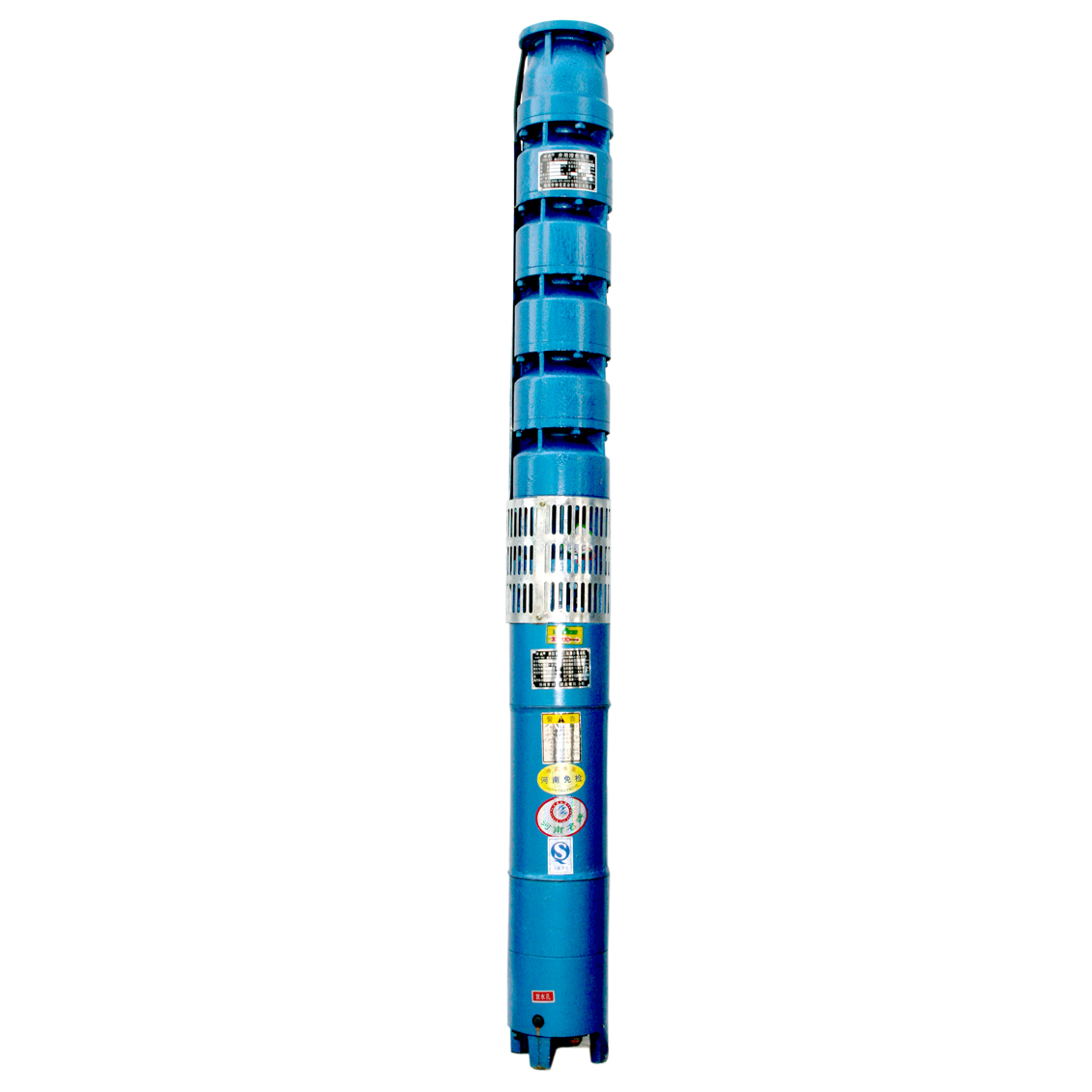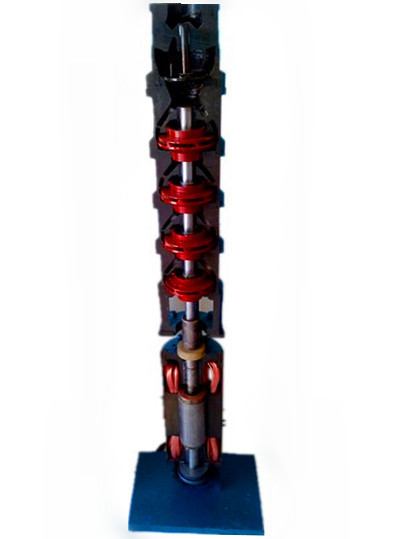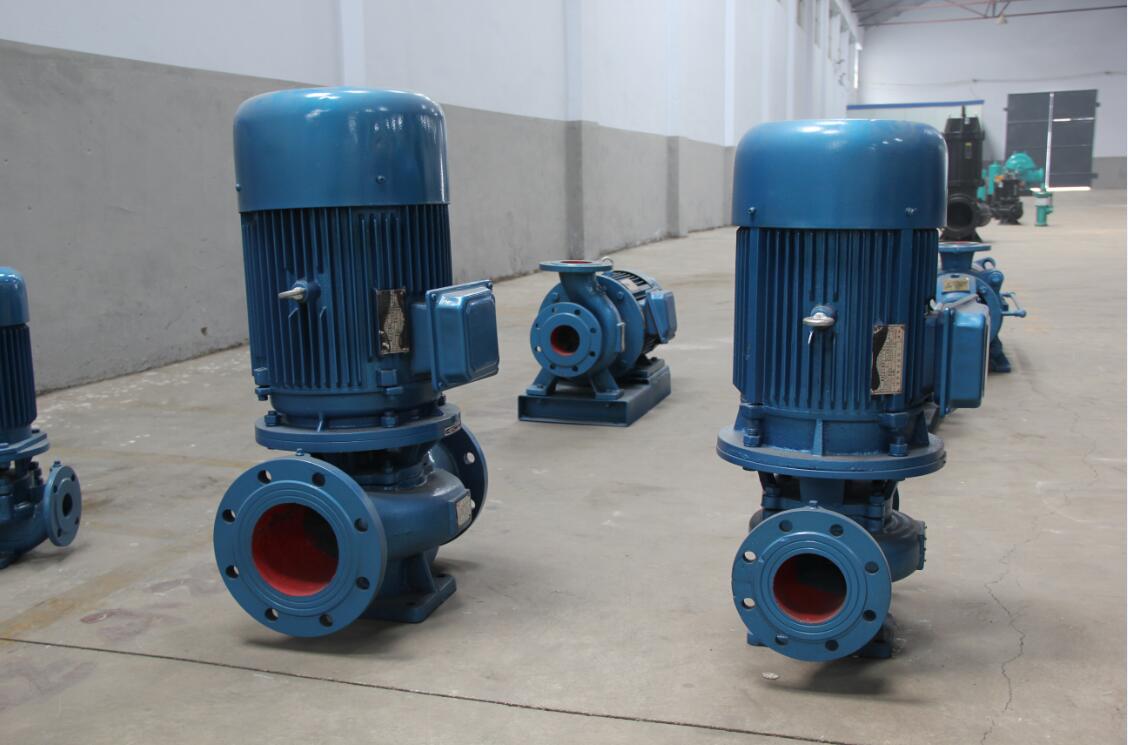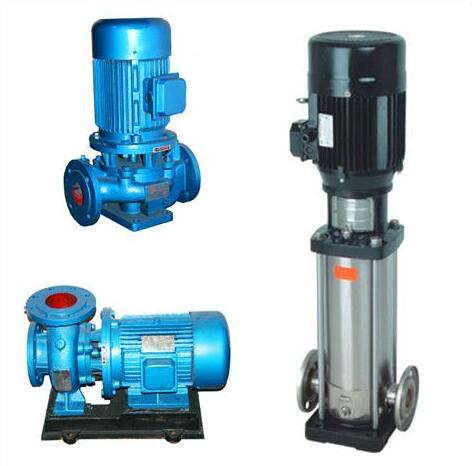If the
pump is known to suck on the vacuum, the calculation of the installation height of the pump is calculated by the formula (7-2).
Allow suction on the vacuum degree H. Refers to the
pump population at the pressure of p; can be allowed to achieve the maximum vacuum. And the actual allowable suction height H. Value is not calculated. But by the pump manufacturer experimental determination of the value, this value is attached to the pump for the user to check the sample. But it should be noted that the pump is given in the sample H, the value is to use water as the working medium.20. C and atmospheric pressure is 1.013 x lOsPa value, when the operating conditions and the working medium is not at the same time, need to be converted. Operating conditions and test conditions are different, can be converted (7-1):
Hs' =Hs+ (Hs--10.33) - (Hv-0.24) (7-1) ()
Type: Hs' a pump in the status of the suction on the vacuum degree, M.
Hs a standard state (or samples are given) to allow for suction on the vacuum degree, m;
Atmospheric pressure in the field of Ha-- pump, M
Atmospheric pressure in 10.33- standard state, m;
Hv -- the vapor pressure of the liquid at that time, m;
0.24- standard state of the water vapor pressure, M.
Formula: Hg - pump installation height, m;
Hy - liquid level pressure, m;
Ha - standard atmospheric pressure, m;
Mouth s - pump suction population average rate, M / s;
Hw- suction pipe hydraulic loss, M.
When calculating the value of H is negative, that the pump inlet position should be under the tank liquid level, namely intrusion.
The installation height of the pump can also be calculated by the cavitation margin. If the required pump must be known, then the I difference of the pump is calculated.
Height is required by the formula (7-3):
Hg= (Hy-Hv) - h-hw (7-3}
Hv - liquid saturated vapor pressure.M;
Delta h- npah, M.
When the calculated Hg was negative, indicating the suction position should be under the tank liquid level, namely intrusion.




